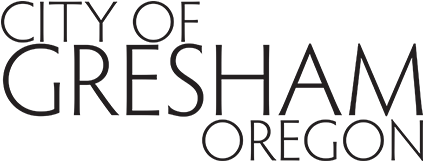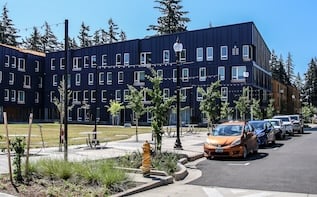- Home
- Environmental Services
- Public Works Projects
- Sewer Line Work
Sewer Line Work
The City checks sanitary sewer lines to monitor flow and find leaks or connection problems. This is part of our routine maintenance. This summer and fall, crews will use a safe method called smoke testing to check pipes across the city.
- What to Expect
- Scheduled Neighborhoods
- Project Description
- Project Background
What to expect
- Smoke testing: August – November
- Work hours: Monday-Friday, 8:00 am- 7:00 pm
- The contractor, Duke’s, will be working in the street with equipment to blow vapor into maintenance holes and vents.
- You may see “smoke” coming from the street maintenance holes, roof vents, or the ground – this is normal. The “smoke” is not actually smoke, it’s water vapor. The water vapor is non-toxic and not harmful to breathe.
What to do if smoke enters your building
- Open doors or windows to improve ventilation. The non-toxic vapor should clear in a few minutes.
- If smoke (vapor) remains after five minutes, contact an on-site worker or call Duke’s at 888-620-0010.
- If you still see smoke, check under your sink. This may indicate a problem with the u-shaped pipe under your sink.
Smoke inspections are scheduled for the following neighborhoods:
- Central City
- Gresham Butte
- Historic Southeast
- Hogan Cedars
- Kelly Creek
- Pleasant Valley
- Powell Valley
- Southwest
To locate your neighborhood, check the neighborhood finder map.
Crews do smoke testing by blowing a non-toxic, non-staining water vapor (“smoke”) into sewer pipes through maintenance holes. The smoke fades quickly.
If smoke is found outside of the point of entry, it means there may be a leak in the sewer system.
Any detected leaks or cracks will be included in pipe repairs scheduled for summer 2026.
Project phases
- Fall 2023 – Spring 2024: Phase 1
- Create action plan: Step-by-step plan to reduce rain and ground water which ends up in the sewer system.
- Winter 2024: Phase 2
- Measure how much rain and ground water ends up in the sewer system and compare it to base sewer flows.
- Summer – Fall 2025: Phase 3
- Find problem areas and investigate: Using measured flows as a guide, pinpoint sources that may indicate cracks or leaks in connections.
- Summer 2026 – ongoing: Phase 4
- Fix faulty pipes and connections.
- Winter 2027 – ongoing: Phase 5
- Watch the system over time to make sure repairs worked.
The City does not have a combined sewer system. Wastewater is treated at our Wastewater Treatment plant. Stormwater flows to local waterways. We monitor our sewer system by measuring flows, testing pipes and planning repairs.
Cracks in the sewer line allows storm water to enter the wastewater system. This creates a larger flow of wastewater entering the Wastewater Treatment Plant. During heavy rain events, this has a greater impact to our system.
This work is listed in our Capital Improvement Program as The Infiltration and Inflow Control Program (I&I). The I&I program is a maintenance program designed to reduce costs, keep our water system safe and comply with our discharge permits.
Contact
- Contractor: Duke’s Rooted in Innovation, call 888-620-0010.
- Department of Environmental Services, call 503-618-2525.





